Do Chihuahuas Get Along With Cats? Helps & Guide
Chihuahuas, with their petite frames and spirited personalities, often captivate the hearts of dog enthusiasts worldwide. However, for those contemplating adding a Chihuahua to a household already inhabited by a feline friend, the question of compatibility arises. Do Chihuahuas get along with cats? This inquiry delves beyond mere curiosity it’s a consideration rooted in the desire for a harmonious pet dynamic within the home.
In this exploration, we unravel the intricacies of Chihuahua and cat relationships, examining their behaviors, temperaments, and the factors that influence their compatibility. Join us on this journey to discover whether these pint-sized pups and their feline counterparts can indeed coexist in peace.
Understanding Chihuahuas
Fiercely Loyal: Chihuahuas bond deeply with their humans, becoming devoted companions who shower them with affection (and sometimes, demanding barks).
Big Personalities, Small Packages: Don’t be fooled by their size! Chihuahuas are intelligent, quick learners, and can be surprisingly athletic. They’re not afraid to show their spunk and spirit, whether it’s through playful zoomies or guarding their favorite spot on the couch.
Independent Streak: While loving, Chihuahuas can also be independent thinkers. They may not always be the most cuddly lapdogs, preferring bursts of affection on their own terms.
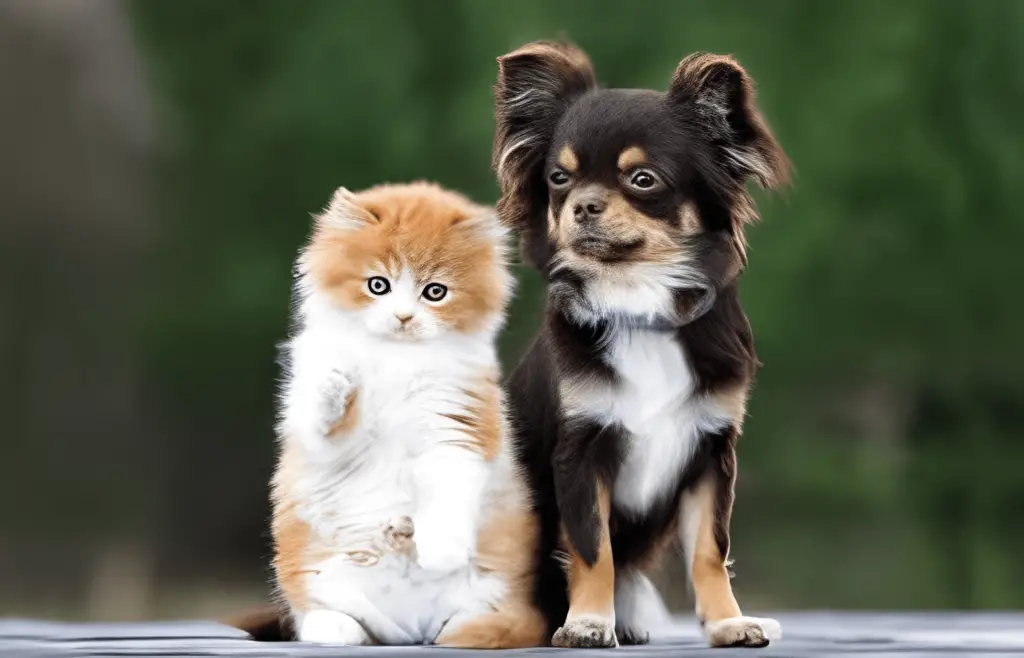
Understanding Cats
Independent Nature:
- Cats are known for their independent nature, often enjoying solitude and autonomy in their daily routines.
- Unlike dogs, cats may not always seek constant attention or affection, preferring to assert their boundaries and personal space.
Territorial Instincts:
- Cats have a strong sense of territory and may display territorial behaviors, especially in multi-pet households.
- They often mark their territory through scent marking and may exhibit defensive behaviors if they feel their space is threatened.
Factors Influencing Compatibility
Early Socialization:
- The early experiences a Chihuahua and a cat have with each other significantly shape their future interactions.
- Positive introductions during the critical socialization period can foster a sense of familiarity and ease between the two pets.
Individual Personalities:
- Both Chihuahuas and cats have distinct personalities, and the compatibility between them can depend on their unique temperaments.
- Assessing their individual traits, such as energy levels, sociability, and tolerance for sharing space, can guide expectations.
Tips for Introducing Chihuahuas and Cats
Gradual Introduction in a Neutral Territory:
- Begin introductions in a neutral territory, such as a quiet room or a space neither pet considers their territory.
- Allow them to become acquainted with each other’s scent and presence from a distance before any direct interactions.
Supervision during Initial Interactions:
- Supervise the initial interactions closely to monitor their behavior and intervene if necessary.
- Be prepared to separate them if signs of aggression or tension arise, ensuring the safety of both pets.
Also Read: How To Train A Chihuahua To Sit: Helps & Guide
Lastly
The compatibility between Chihuahuas and cats hinges on various factors, including early socialization, individual personalities, and a conducive environment. While some Chihuahuas and cats may develop strong bonds and coexist harmoniously, others may struggle to find common ground.
By understanding the signs of compatibility and incompatibility and implementing thoughtful introductions and positive reinforcement, pet owners can facilitate a smooth transition and foster a peaceful relationship between their Chihuahuas and cats. Ultimately, patience, understanding, and proactive management are key in nurturing a bond that enriches the lives of both pets and their human companions.

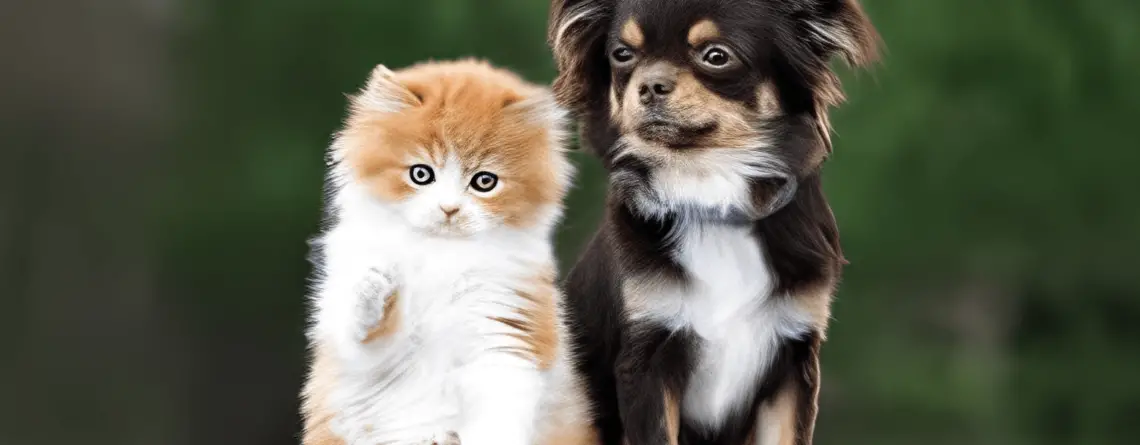

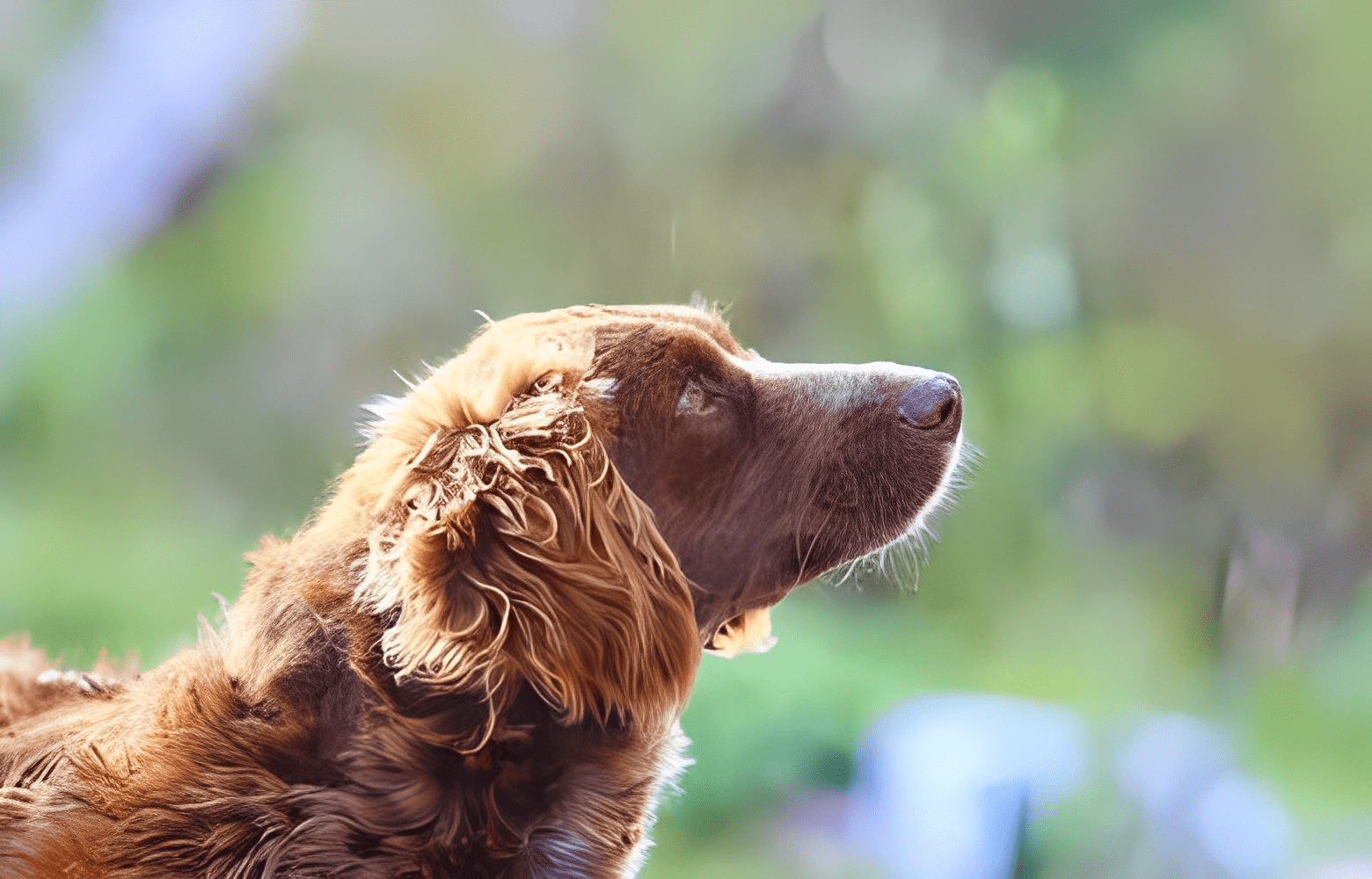
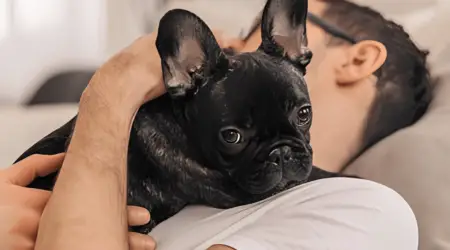
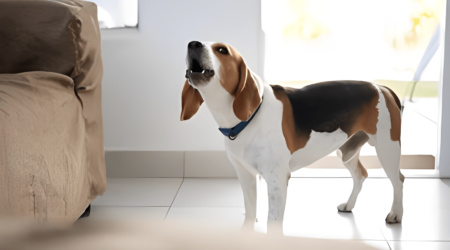
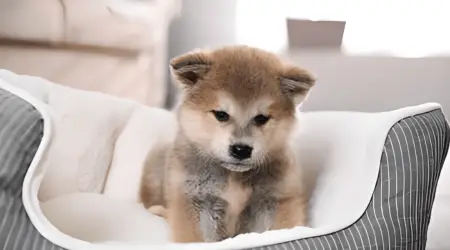


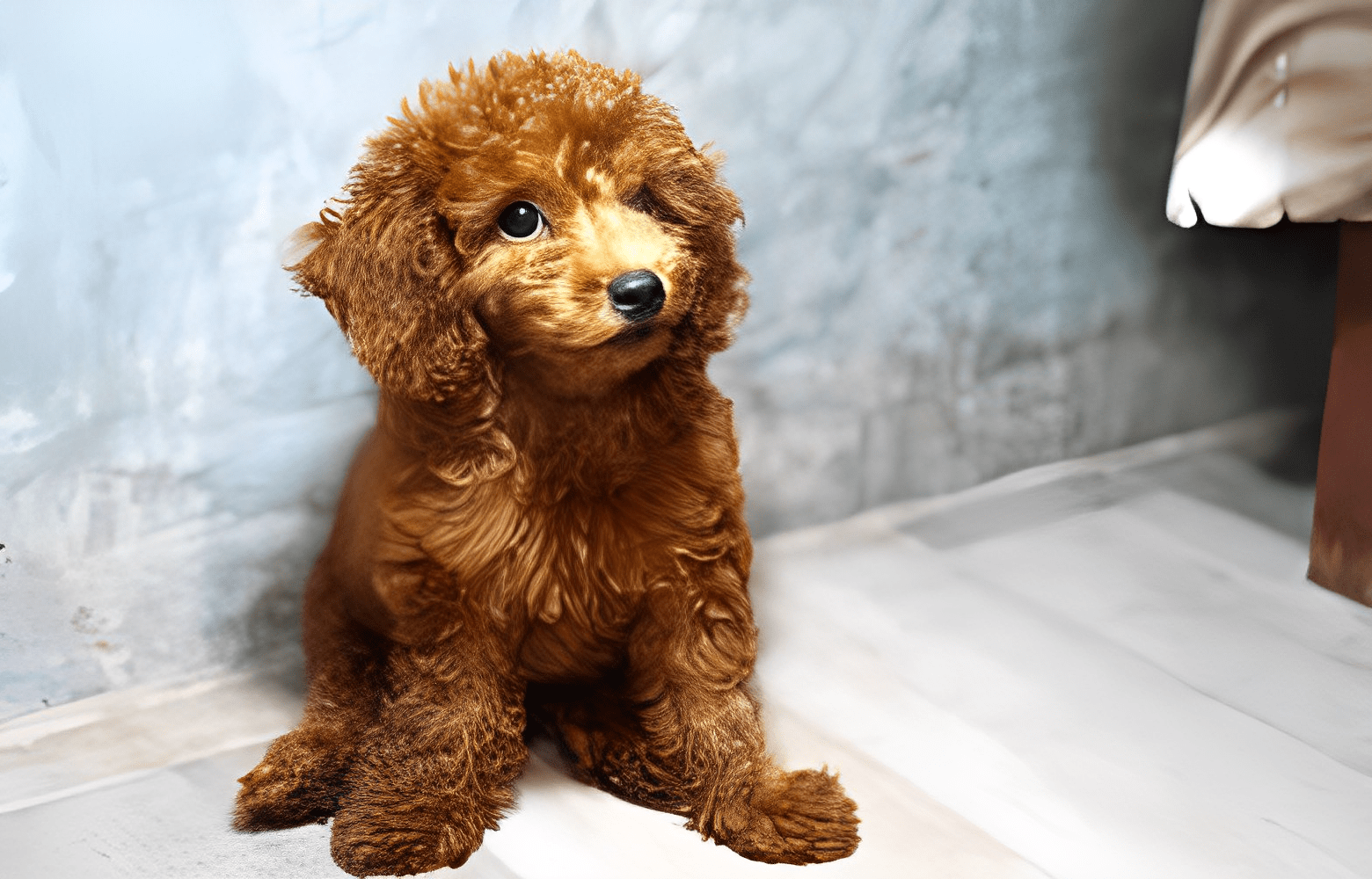

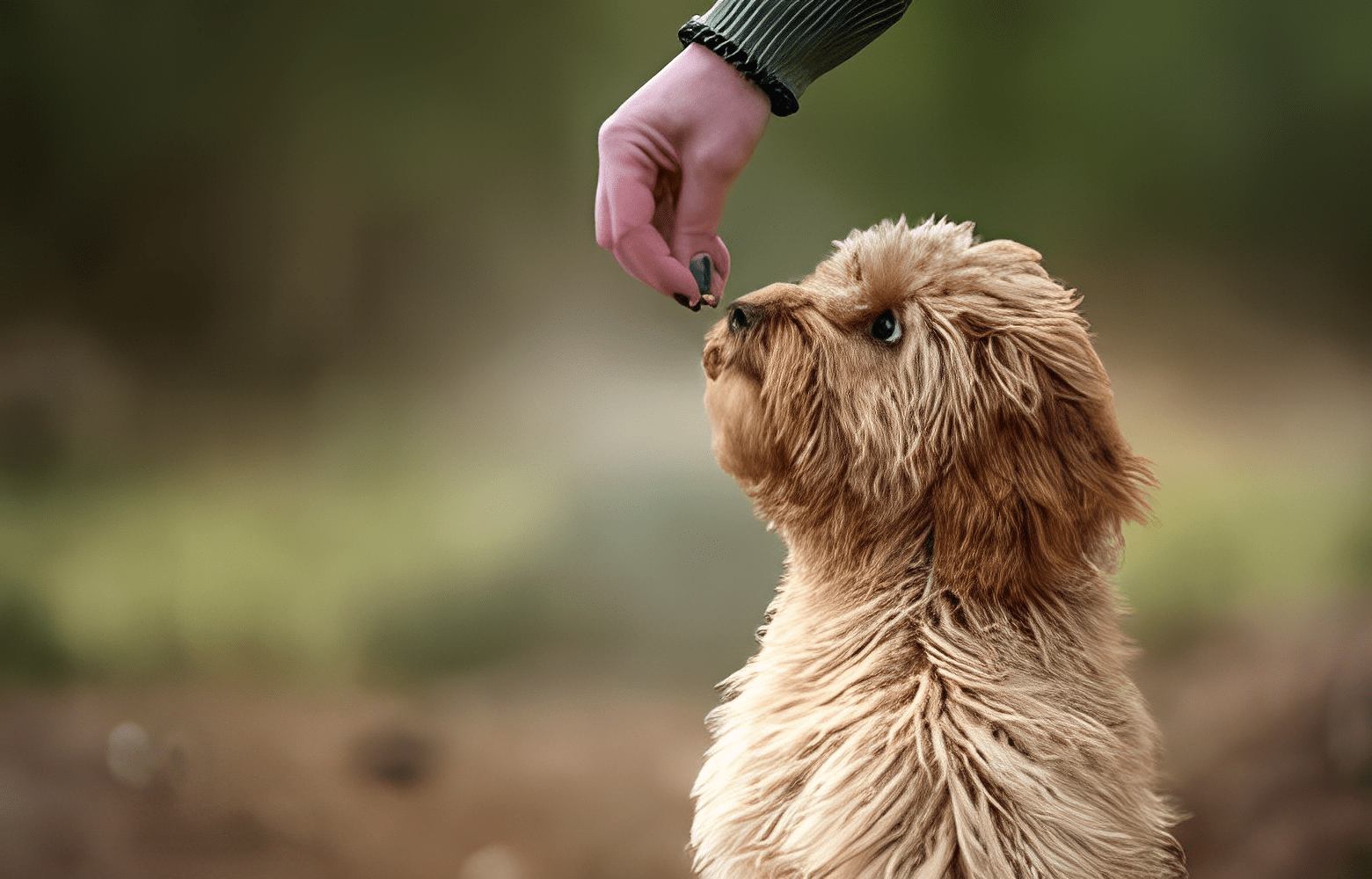
Leave a Reply